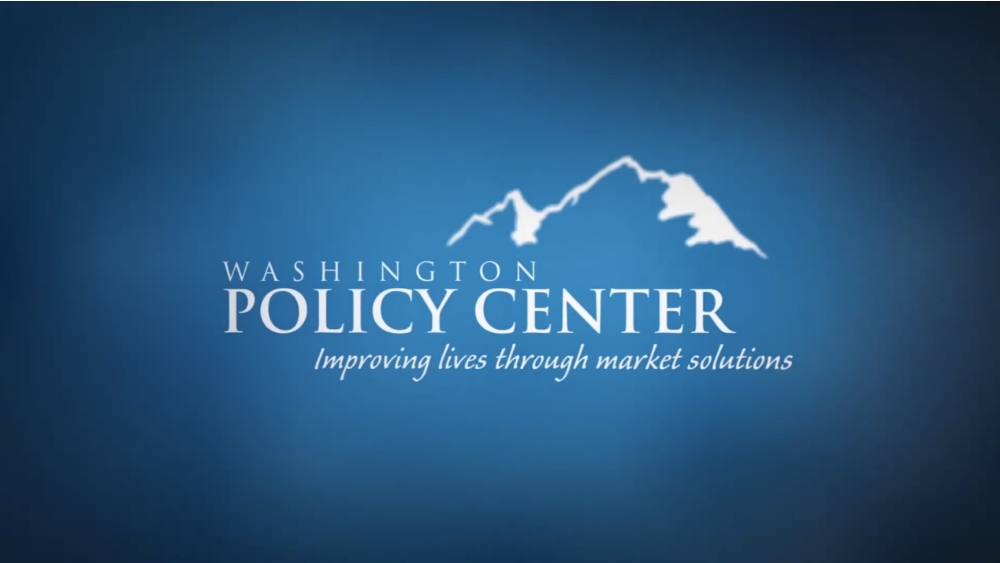Related Articles
Relevant Topics
Yesterday, I listened to a presentation by Rick Ogston, CEO of Carpe Diem Schools, sponsored by the Center for Reinventing Public Education at the University of Washington.
Carpe Diem Collegiate High School and Middle School (CDCHM) is an innovative charter public school of 300 students in grades 6 through 12 in Yuma, Arizona. Under the freedom allowed by Arizona's charter school law, Mr. Ogston developed this model to motivate and meet students where they are: in the digital age.
Carpe Diem is now a national leader in the use of interactive online computer programs to help teachers deliver instruction, significantly improving the ability of teachers to provide individual help and customize instruction to meet student needs.
Each Carpe Diem student has a cubicle with a computer in a learning center, in a room similar to a call center. Students rotate throughout the day from online instruction at the computer to face-to-face classroom instruction, in teacher-led workshops where the teacher re-teaches, enhances or applies the material learning online. Each rotation is 55 minutes long. Students receive about 50% of instruction on the computer, and the rest from a teacher.
The school day is longer, from 7:30 am to 4pm, and there is no school on Friday, except for students who need extra help. Students receive a total of 1,007 hours of instruction.
The Carpe Diem model saves money in staffing costs: 15 staff for 300 students, or 20 students for every employee. The ratio of students to staff in Washington schools is half that, at 9.7 students to every employee.
Carpe Diem receives neither local levy funds nor funding from private foundations, and delivers a high-quality education for $5,300 per student. Washington state spends an average of $10,237 per student.
Carpe Diem’s new building includes only five traditional classrooms, which is fewer than half as many as a traditional school requires for a similar enrollment level. A traditional school built close to Carpe Diem is 2.5 times more expensive per student.
Though students at Carpe Diem are similar in background (half qualify for Free and Reduced Lunch and nearly half are Hispanic) to students attending neighboring public schools, they perform significantly better. In 2010, CDCHS ranked first in its county in student performance in math and reading and ranked among the top 10 percent of Arizona charter schools. Results in 2009 were similar.
Mr. Ogston has created a culture of success at Carpe Diem. As a former Marine, theology student, and family counselor, Mr. Ogston places the highest priority on building a strong team at Carpe Diem. He pays his teachers above-average salaries and benefits, and he selects teachers willing to learn how to teach in this specialized way. Students are very well-known to their teachers, as they have the same teacher teaching them the various subjects as they progress through middle and high school. The school has high expectations for student behavior: students are given choices and logical consequences, not punishments. Parents are welcomed and respected.
Strong leadership makes all the difference in schools. But give a strong leader like Mr. Ogston the freedom to reinvent his school, and you will find that his students will get the tools they need to seize the day and the future.




